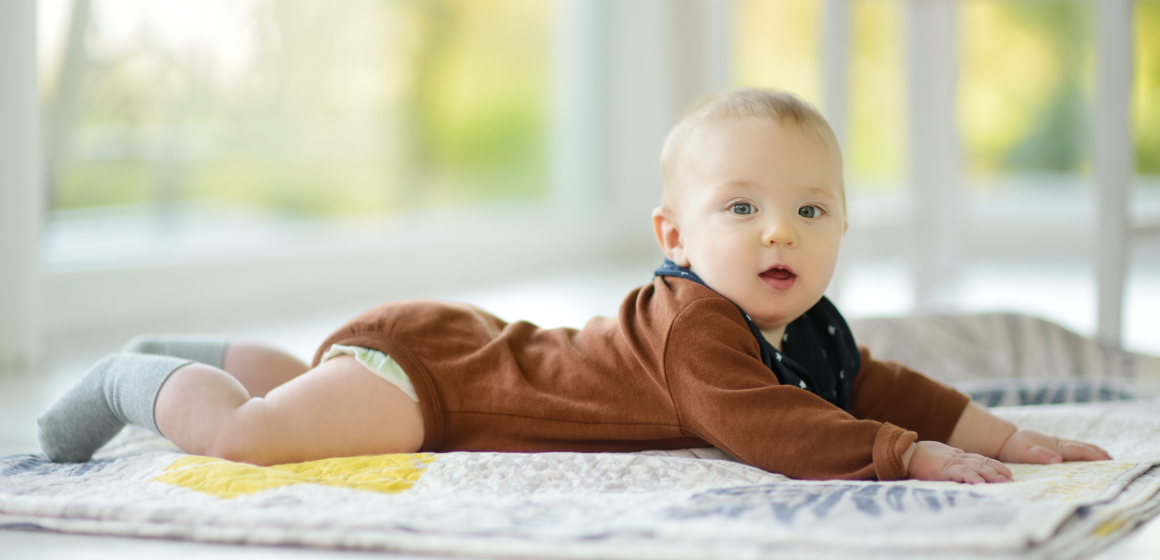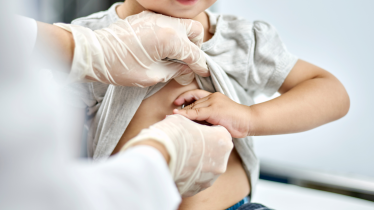The first year of your child’s life is a period of remarkable growth and transformation. As parents and caregivers, it’s essential to be aware of the developmental milestones your baby should reach during this crucial time.
These milestones not only signify your child’s progress but also help you provide the necessary support for their development. At MHA, we are dedicated to providing guidance and information to parents to ensure their child’s healthy growth.
Development at Three Months
By the time your baby reaches three months of age, they will have undergone significant changes. Here are some key developmental milestones to look for:
Movement Milestones:
- Raises head and chest when lying on the stomach.
- Supports upper body with arms when lying on the stomach.
- Stretches legs out and kicks when lying on the stomach or back.
- Opens and shuts hands.
- Pushes down on legs when feet are placed on a firm surface.
- Brings hand to mouth.
- Takes swipes at dangling objects with hands.
- Grasps and shakes hand toys.
Visual and Hearing Milestones:
- Watches faces intently.
- Follows moving objects.
- Recognizes familiar objects and people at a distance.
- Starts using hands and eyes in coordination.
- Smiles at the sound of your voice.
- Begins to babble.
- Begins to imitate some sounds.
- Turns head toward the direction of sound.
Social and Emotional Milestones:
- Begins to develop a social smile.
- Enjoys playing with other people and may cry when playing stops.
- Becomes more communicative and expressive with face and body.
- Imitates some movements and facial expressions.
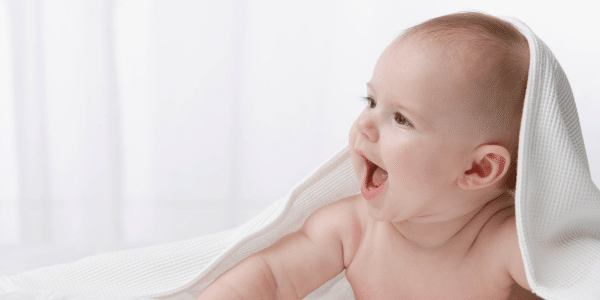
It’s important to note that while each baby develops at their own pace, certain warning signs should not be ignored. If your infant shows any of the following signs, discuss them with your pediatrician:
- Doesn’t respond to loud sounds.
- Doesn’t notice her hands by two months.
- Doesn’t smile at the sound of your voice by two months.
- Doesn’t follow moving objects with her eyes by two to three months.
- Doesn’t grasp and hold objects by three months.
- Doesn’t smile at people by three months.
- Cannot support her head well at three months.
- Doesn’t reach for and grasp toys by three to four months.
- Doesn’t babble by three to four months.
- Doesn’t bring objects to her mouth by four months.
- Begins babbling but doesn’t try to imitate any of your sounds by four months.
- Doesn’t push down with her legs when her feet are placed on a firm surface by four months.
- Has trouble moving one or both eyes in all directions.
- Crosses her eyes most of the time (Occasional crossing of the eyes is normal in these first months).
- Doesn’t pay attention to new faces or seems very frightened by new faces or surroundings.
- Still has the tonic neck reflex at four to five months.
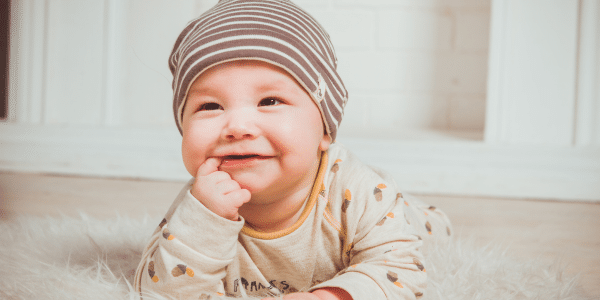
Development at One Month
During the first month of your baby’s life, they may seem like they do nothing but eat, sleep, and cry. However, by the end of the first month, you’ll notice significant changes in their alertness and responsiveness. Here are some developmental milestones for the first month:
Movement Milestones:
- Makes jerky, quivering arm thrusts.
- Brings hands within range of eyes and mouth.
- Moves head from side to side while lying on the stomach.
- Head flops backward if unsupported.
- Keeps hands in tight fists.
- Strong reflex movements.
Visual and Hearing Milestones:
- Focuses 8 to 12 inches away.
- Eyes wander and occasionally cross.
- Prefers black-and-white or high-contrast patterns.
- Prefers the human face to all other patterns.
- Hearing is fully mature.
- Recognizes some sounds.
- May turn toward familiar sounds and voices.
Smell and Touch Milestones:
- Prefers sweet smells.
- Avoids bitter or acidic smells.
- Recognizes the scent of their mother’s breastmilk.
- Prefers soft to coarse sensations.
- Dislikes rough or abrupt handling.
As with any developmental stage, it’s crucial to monitor your baby’s progress. If you notice any signs of developmental delay during the first month, such as difficulty sucking, poor feeding, or unusual eye movements, consult your pediatrician.
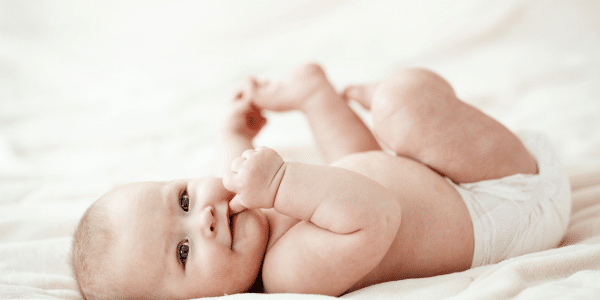
Beyond the First Year
Child development doesn’t stop at the end of the first year; it’s an ongoing journey. Beyond the first year, your child will continue to reach new milestones. Here’s a glimpse of what to expect as your child grows:
1. Toddler Years (1-3 years):
- Increased mobility, including walking and running.
- Expanded vocabulary and language development.
- Social interactions with other children.
- Potty training and self-care skills.
2. Preschool Years (3-5 years):
- Enhanced cognitive abilities, including problem-solving and reasoning.
- Improved fine and gross motor skills.
- Preparation for school, including early literacy and numeracy skills.
- Growing independence and self-identity.
3. School-Age (6-12 years):
- Academic development and learning to read and write.
- Development of friendships and peer relationships.
- Exploration of hobbies and interests.
- Emotional and social growth.
4. Adolescence (13-18 years):
- Puberty and physical changes.
- Further academic and career exploration.
- Increased independence and responsibility.
- Development of personal values and beliefs.
In Conclusion
Understanding your child’s developmental milestones is crucial for providing the support and care they need at each stage of their growth. Whether your baby is three months old or embarking on adolescence, being aware of these milestones allows you to celebrate their achievements and address any potential concerns. Always remember that every child is unique, and developmental timelines can vary. Regular check-ups with your pediatrician can help ensure your child is thriving and meeting these milestones.
At MHA, we are committed to assisting parents in understanding and nurturing their child’s development. We believe that a well-informed parent is an invaluable partner in a child’s growth journey.

